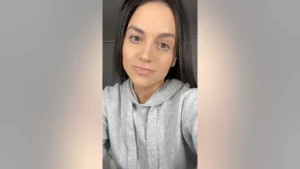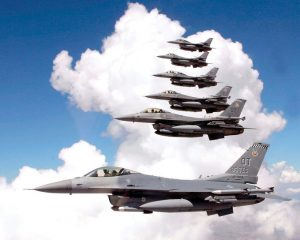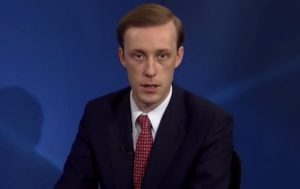Chicago has scrapped classes for four days in a confusing standoff with the teachers’ union over COVID-19 safety measures in the nation’s third-largest school district.
From remote instruction to testing, both sides have been negotiating nearly a dozen complex points of a safety plan that has cast a shadow over a second week of school. The fight comes as other districts have had to increasingly shift online amid soaring COVID-19 cases.
Also Read: US colleges returning to online classes amid COVID surge
Here is a closer look at the status of negotiations in Chicago:
REMOTE LEARNING
The issue causing the most chaos in the roughly 350,000-student district is when and how to revert to remote learning.
The Chicago Teachers Union wants the ability to switch to districtwide remote instruction and offered a lower bar for closing individual schools. Their proposed metrics are similar to last year’s safety agreement, which expired before the school year began and has since been under negotiation. They want to shut schools citywide for criteria including: Chicago’s COVID-19 test positivity rate increases for seven consecutive days and the rate for each of the days is at least 15% higher than the rate the previous week.
Also Read: Online learning likely to cause insomnia to children: Report
School leaders flat out oppose any districtwide return online, so much that they have opted to cancel classes rather than allow it temporarily as the union has argued is necessary amid the spike. Chicago Public Schools leaders say the pandemic is different now compared to a year ago with availability of vaccines and roughly 91% of staff vaccinated. School officials also say remote learning is harmful for academics and children’s wellbeing, and encourages racial inequity.
Two days after students returned from winter break, the union voted to return to remote instruction on its own and most union members stayed out of schools, saying they would return when there’s a deal or the latest surge of infections subsides. The district responded by locking them out of teaching platforms allowing them to teach remotely and canceling class and activities.
Also Read: 13-year-old slips to death while trying for better network to attend online classes
Union leaders said the desire to teach in-person “must be balanced by ensuring those classrooms are safe, healthy and well-resourced, with the proper mitigation necessary to reduce the spread of COVID-19.”
During this year, individual classes have temporarily gone remote during smaller outbreaks.
But the union wants entire schools to be able to close if, for example, 25% or more of union employees are absent for two consecutive days because of COVID-19 cases. The district had previously said 40% of staff or 50% of students would have to be absent to close a school.
“We agree that the transition to remote learning should be made on a school-by-school basis, but we are setting higher thresholds to prevent needlessly sending students, especially vaccinated students, into remote learning,” the district said.
___
COVID-19 TESTING
The union wants to expand COVID testing districtwide, requiring tests unless families opt out with the goal of randomly testing at least 10% of the student and staff population weekly. The union has blasted the district for being slow to roll out school testing and botching a holiday testing program, in which issues with mailing tests back to the district ultimately made thousands of samples invalid.
Families have been hesitant to enroll in the existing district program, which requires consent for guided weekly nasal swabs. In October, only about 7% of students had signed up. The number has increased slightly, to around 12% or nearly 42,000 students, but schools and the union have both been pushing to improve.
Lightfoot has rejected the opt-out system, calling COVID-19 tests a “quasi-medical procedure” and citing unspecified liability issues.
Over the weekend, the district did secure about 350,000 antigen tests from the state of Illinois, but district leaders haven’t spelled out how they will be used.
___
LABOR DISPUTE
The COVID-19 safety fight in union-friendly Chicago is the latest extension of the contentious relationship between Lightfoot and the union. The CTU backed Lightfoot’s opponent in the 2019 election and went on an 11-day strike later that year.
Both sides have filed complaints with a state labor board over unfair practices and the rhetoric outside of the bargaining table has been sharp, particularly in the last week.
Union President Jesse Sharkey called Lightfoot “relentlessly stupid” in her response to school closures, while the mayor has accused teachers of an “illegal walkout,” saying they’ve “abandoned kids.”
The district has refused to pay teachers who don’t show up. During last year’s similar fight over safety protocols, the district also punished teachers.
This time, the union has asked that no members be disciplined or docked pay and wants an outside party to resolve disputes. The city has flatly rejected both ideas.
___
AREAS OF AGREEMENT
Over the past two weeks, there have been small signs of agreement.
The district has purchased KN95 masks for students and teachers, agreed to bring back daily COVID-19 screening questions for anyone entering schools, and added more incentives for substitute teachers. Also, teachers will be able to take unpaid leave related to the pandemic, either for their own illness or increased risk.
Negotiations, which have run into the evening hours over the past week, continued Monday.






